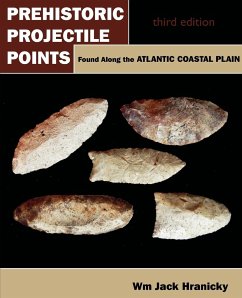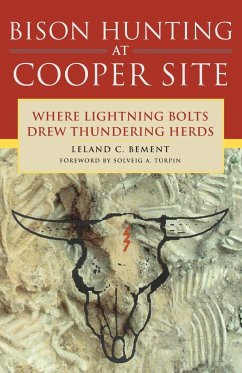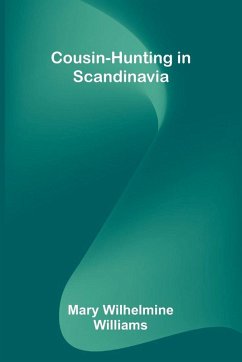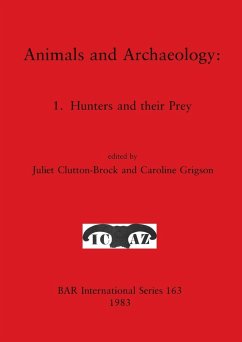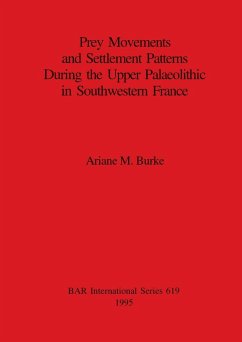
Projectile Points, Hunting and Identity at Neolithic Çatalhöyük, Turkey
Versandkostenfrei!
Versandfertig in 1-2 Wochen
83,99 €
inkl. MwSt.

PAYBACK Punkte
42 °P sammeln!
In this book Dr Lilian Dogiama considers the role of hunting at the Neolithic community of Çatalhöyük and its significance in shaping personal and communal identities by focusing on its stone projectile points. Wild faunal remains indicate that hunting remained in practice, even though domesticated animals and plants comprised the staple diet of the people of Çatalhöyük. Hunting and the 'wild' are venerated in the site's iconography, while obsidian projectile points -as the only surviving parts of hunting weapons- were ubiquitous in the site. The author uses a plethora of attributes that...
In this book Dr Lilian Dogiama considers the role of hunting at the Neolithic community of Çatalhöyük and its significance in shaping personal and communal identities by focusing on its stone projectile points. Wild faunal remains indicate that hunting remained in practice, even though domesticated animals and plants comprised the staple diet of the people of Çatalhöyük. Hunting and the 'wild' are venerated in the site's iconography, while obsidian projectile points -as the only surviving parts of hunting weapons- were ubiquitous in the site. The author uses a plethora of attributes that include depositional context, use wear, impact damage, fragmentation, raw material and various techno-morphological characteristics to analyse the projectile points from the site. Her findings indicate that the Çatalhöyük projectile point assemblage consisted of two groups that were used and treated in very distinct ways. The first group comprised projectile weapons that were used in hunting and exhibit clear signs of actual use, whereas the second group consisted of bifaces that were likely reserved for ceremonial purposes given their pristine condition and special mode of deposition. Drawing from her analysis and ethnographic examples Dogiama argues that hunting was not merely an alternate subsistence strategy but an arena where symbolic expression and social identities could be performed and negotiated.








